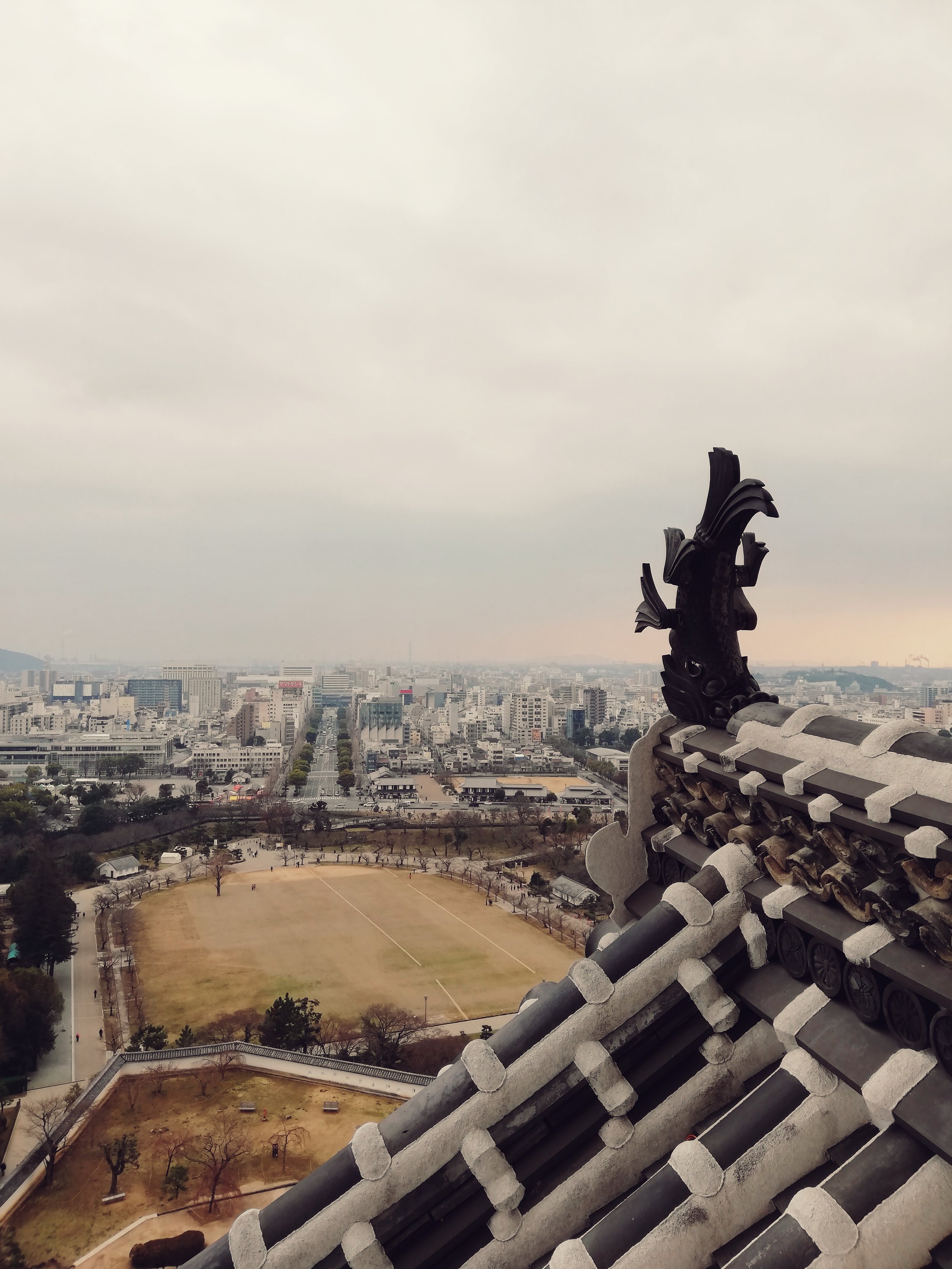To the Ends of the Earth
Experiencing all the old world magic Portugal’s southernmost coast has to offer.
“Welcome to the Algarve!” our thickly accented host addressed us with exaggerated enthusiasm. They were trying to sell us something. I could smell it. Last year, I flew to a small, seaside town in Portugal for a university tour when I was still entertaining the thought of pursuing my Master’s abroad. They weren’t aiming to sell the public university and its programs so much as they were the region where the main campus was situated. Standing alone, the university’s outdated buildings and staunchly academic feel weren’t saying more than any other ever did. So, how could I blame them?
The Algarve, Portugal’s southernmost region, ultimately sells itself. Maritime trade once flourished in the historic port city of Lagos with industry making a gradual shift towards dependence on tourism. The 1755 Lisbon earthquake and an accompanying tsunami damaged many areas within the coastal swath including Lagos, but spared the Algarve’s modern day capital. The sleepy fishing village of Faro, which is still just as well protected by the sandy banks of the Ria Formosa lagoon as it was amidst the unavoidable quake 264 years ago.
The Ria Formosa is Portugal’s largest wetland stretching 38 miles of its southern coast. Every year, it provides a waypoint for seafaring birds migrating between the European and African continents. And every day at low tide, fishermen and women scour the soft mud of exposed banks for tell tale signs of razor clams and other shellfish: breathing tubes just barely poking out of the sediment and triangular impressions left behind by burrowing shells.
The rhythmic undertone of the estuary’s comings and goings seems to have a pacifying effect on the seaside town. As does the matured architecture of Faro’s historic buildings impressed upon by Roman, Moorish, and Arabic influence. The old world magic of such a place holds a steady allure that even cast a spell on J.K. Rowling herself some years ago. And who knows? We may not have had the Wizarding World of Harry Potter of today if it weren’t for the Portuguese coast’s enchantment.
Buffered by a rich coastline kissing the Atlantic, Faro’s inhabitants historically depended on the sea for sustenance and trade. Activity nowadays still bustles at its own relaxed pace, as if keeping rhythm with the Ria Formosa’s incoming and outgoing tide. Even a New Yorker’s step eventually falls victim to Faro’s easy gait. Walking along the uneven cobblestone streets during the summer months, swallows and house martins swoop through the eaves of the centuries old churches and dilapidated buildings. Often silhouetted against cloudless blue skies. Bats replace them after dusk. White storks in sprawling nests overhanging older structures can be heard making their guttural, Jurassic period calls throughout the day. A traditionally migratory species, some have become feathered residents and staples of postcards found throughout Faro’s gift shops.
Fleshy, lavender Jacaranda petals blanket the cobblestone streets. My internal compass was engaged as the historic landmarks, like the local bakeries sprinkling the narrow alleyways, became familiar. As did the smell of freshly baked croissants and the rims of cups of abandoned meia de leite in the mornings and afternoons.
At sunset, Hotel Faro’s rooftop balcony provides a sublime panoramic view of the town and marina. A moment that should be accompanied by a cup of garoto or tall glass of galao and a traditional Portuguese pastel de nata, or custard tart. Or a glass of vinho verde if you’re looking to hit the local bars after the sun makes its ceremonious descent into the sea. The sand is another worthwhile seat in the house at this time. The southern Portuguese coast is most revered for its beautiful, golden beaches with Faro's being no exception. On our last day in town, a few friends and I committed to the 30 minute bus ride and trek down the boardwalk to revisit an endless expanse of shell hash we'd had a surfing lesson at just a few days prior.
And while weekend afternoons there are made for the sun and sand, Sunday mornings are made for market. Vendors selling crates of fresh raspberries and blueberries, figs, flowers, razor clams, artichokes, and almonds spill over the margins of the local square during the warmer, summer months. And the accessibility to fresh food, especially shellfish, can be ultimately overwhelming. For seven euros, I took bags of fresh figs and locally grown almonds home. Sold affordably due to the region’s mellow, Mediterranean climate, which allows their growth year round.
I’d stumbled upon the farmer's market on my way to Igreja do Carmo’s Capela de Ossos. A chapel made of human bones that so happened to be closed that Sunday. The market had been assembled beneath the old church’s towering shadow. There’s an ironic juxtaposition of a kindergarten playground right outside the windows of the classic Western European chapel. A metaphor for life and death, perhaps? I thought little Jimmy might beg to differ.
Faro can be seen and felt in a day or two and should be followed by a day trip to Sagres, seated at the westernmost tip of the Algarve, by local bus or train for what are no less than jawdropping views of nature’s primal power. Sagres is home to a wild, remote, and windswept landscape whose seaside cliffs have been carved by the Atlantic’s ceaseless pounding. Appropriate for what was considered the end of the known world up until the 14th century. One barren headland not to be overlooked is Cabo de Sao Vicente, the European continent’s most southwestern extremity just three and a half miles from Sagres’ town center. The iconic red lighthouse atop Cape St. Vincent was constructed in 1846 over the old ruins of a Franciscan monastery. And although the view from the edge of the cliff is truly otherworldly, playing fetch with a shaggy off white mutt on the sacred grounds defined my brief time there.
The ruined infrastructure of Fortaleza de Sagres is also a worthy and picturesque stop on your way down the winding, costal road towards the beaches. Opt for lunch at any one of the many waterside offerings. Our tour bus stopped to picnic on the tranquil Praia da Mareta, whose rocky headlands shelter the half-mile long shoreline from Sagres’ strong winds. But if you prefer rougher surf and less crowd, choice waves can be found along the more remote Praia do Beliche. And as for dinner at the end of any long day, be sure to feast in homage to Portugal’s bountiful southern coast. Trying a seafood dish prepared in the traditional silver cataplana might be the best way to let your time in the Algarve linger. In heart and on every taste bud.











